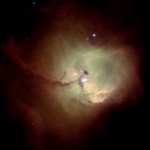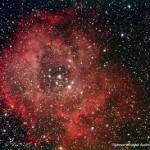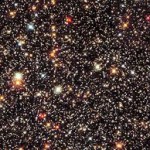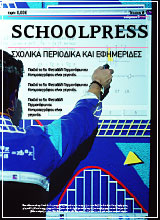By Patty Efthimki
Image1: The stellar warm ngc6093, one of the densest of the 147 known globular star clusters in the Milky Way galaxy. Located about 28000 light years from earth, M80 contains hundreds of thousands of stars, all held together by the mutual gravitational attraction.
Globular clusters are particularly useful for studying stellar evolution, since all of the stars in the cluster have the same age, about 15billion years, but cover a range of stellar masses. Every star visible in this image is either more highly evolved than, or in a few rare cases more massive than our own sun. Especially obvious are the bright red giants which are stars similar to the sun in mass that are nearing the ends of their lives.
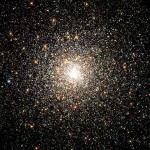
Image 2: The Hubble space telescope took this family portrait of young ultra stars nested in their embryonic cloud of glowing gases. The celestial maternity wind, called N81, is located 20000 light years away in the small Magellanic cloud a small irregular satellite galaxy of our milky way. This are probably the youngest massive stars ever seen the Magellanic cloud. The nebula offers a unique opportunity for a close up glimpse at the fire stormaccompanying the birth of extremely massive stars each blazing with the brilliance 400000 of our suns. Such galactic fireworks were much more common billions of years ago in the early universe where most star formation took place. The picture was taken with Hubble’s wide field and planetary camera 2.